Say Hello!
Sign In
- Trekking Tips
Tips to descend safely from a Trek
It's a very common misconception that it is easier to descend than to ascend. It is obvious where it comes from; it is certainly more difficult to climb a flight of stairs than to come down, but in reality, on a trek, this is not entirely true. Most injuries, if any, occur during the descend.
Generally descending seems the most rewarding part of your trek, all the science works in your favor except for friction and if by any chance you mess up with it, you will go rolling in the deep.
P.S: It can be much worse than wobbly knees.
If you start your journey downward with a good technique in the first place, you will certainly get the additional advantage of moving faster and feel lighter without having to put any extra effort. So here are some easy tips and tricks to make your journey downhill a lot more easier and comfortable and comparatively, less painful.
Keep Newton in mind:
I know it feels great to spread your arms and run downhill while having nothing to worry about, but hold on, there is one thing that you must worry about and that's gravity. You should neither lean forward nor backward; your center of gravity should always be over your legs. Bend your knees a bit, this way you won't descend downhill but rather flow downhill giving you much faster speed and with more safety.
Don't lose your focus:
Do not keep your first foot down mindlessly because if you step on a loose rock, woosh. You must pay extra attention to your foot placement because on snowy or wet terrains a single wrong step will get you in a lot of trouble. Make a mental note to increase your concentration level before beginning the downhill sections.
Don't arrest your speed
All of us make this mistake. We deliberately reduce our speed when we could have actually gone faster, this exercise creates a lot of unnecessary pressure on the knees making them tremble and wobble. Instead, you should just let gravity do its job and take you down at its own speed. Any slowing down can give you bad ligament injuries that you definitely do not deserve.
Tie your laces properly
Tripping down on a mountain would be the last thing anyone would want to happen. So in order to prevent yourself from this unpleasant situation, make sure to secure your shoelaces well and tight. Descending for long hours can be very painful, especially for your knees and toes; also, most ankle sprains and twists occur during your way down. So make sure you have strong support at your ankles and toes by wearing your laces tight.
Use a trekking pole
Using a trekking pole can help you save up to 40% of your energy!! And that is a lot especially when you are at high altitudes. Since you can lean over your poles while walking downhill these can help you distribute your weight and eventually send fewer thrusts down your knees. It?s completely up to you whether you use your third leg on your way up but will surely need one while coming down. It makes descending down a lot easier especially on difficult terrains like snow and desserts by creating more balance and providing better support.
Trekking pole always gives an added advantage on loose and rocky terrain. Test if the next rock you want to step on is actually sturdy enough to bear your weight. It will surely save you a lot of injuries.
Prefer shorter steps
While descending, always prefer shorter steps especially when the slope is steeper. This will help you be in accordance with the center of gravity over your legs, thus promoting greater balance and control. Along with this always make a note to keep your heel before your toe. When you keep your toes first, they constantly hit the toe box of your shoe resulting in situations like painful toenails and nails clipping off. Try practicing a heel-toe song in your mind and try to catch the rhythm.
Don't carry too much weight
While it's important to pack light for your ascend but it is equally important to carry less weight during your way downhill. This will help you in keeping a steady body posture, preventing sprains or wobbly knees.
The level of difficulty one encounters during progressing downwards varies significantly with the terrain. For instance, you might have a smooth journey on a grassy landscape than on snow-laden mountains. Therefore it is important to know a few basics for descending on slightly complicated terrains like the mountains or the desserts.
When descending through snow
Which method to use while descending over snow majorly depends on the condition of the snow and slope of the terrain.
Plunge step:
when you land your heel first in the snow and let your body exert the remaining pressure. The harder the snow the more pressure will be required. Keep your knees slightly bent to avoid hyperextension.Zigzagging:
Keep your feet in a zigzag pattern, this will make descending steeper slopes easier.Glissading:
It is almost similar to sliding down a slope that we used in our childhood, it may sound really fun but certain points need to be kept in mind before trying it over snow.- Do not glissade when you have even the slightest of doubt regarding your safety.
- Make sure all your gear is safely secured inside your backpack.
- Use an ice axe in a self-arrest position to control speed.
- A minimum of three whoops and hollers are considered mandatory for a standard sitting glissade.
Patience is the key.
If in any situation you feel that the snow is too hard or slippery to descend, then take a break and wait for the snow to soften.While descending through the sand
Descending through sand dunes could be great fun if done with proper safety. Once you manage to keep a steady step the slope will do the rest of the job. But make sure not to get over-excited and rush things because such soft platforms like sand can give you a lot of trouble and no one wishes to be stuck in that hot weather. Stay calm and ready with all your glissading equipment and just enjoy your ride.
Last but not least never hesitate to experiment. Your body knows the best, sees which muscles you are using and what posture does your body acquires; try to make variations with that. Soon you will find a perfect style of descending that suits you best. Another easier way is to observe the porters. They descend at a much faster pace than us that too just wearing slippers. They are the most experienced trekkers and you can certainly get to learn a lot from them. In the end, it's just another trial and error method you try you fail then you try something else but the key is to continue so happy trekking buddies!!

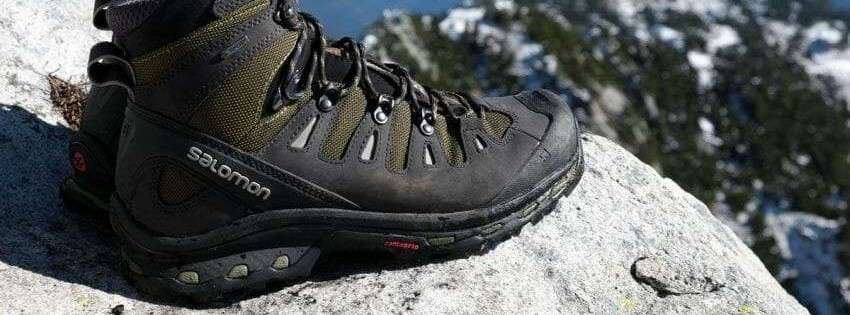
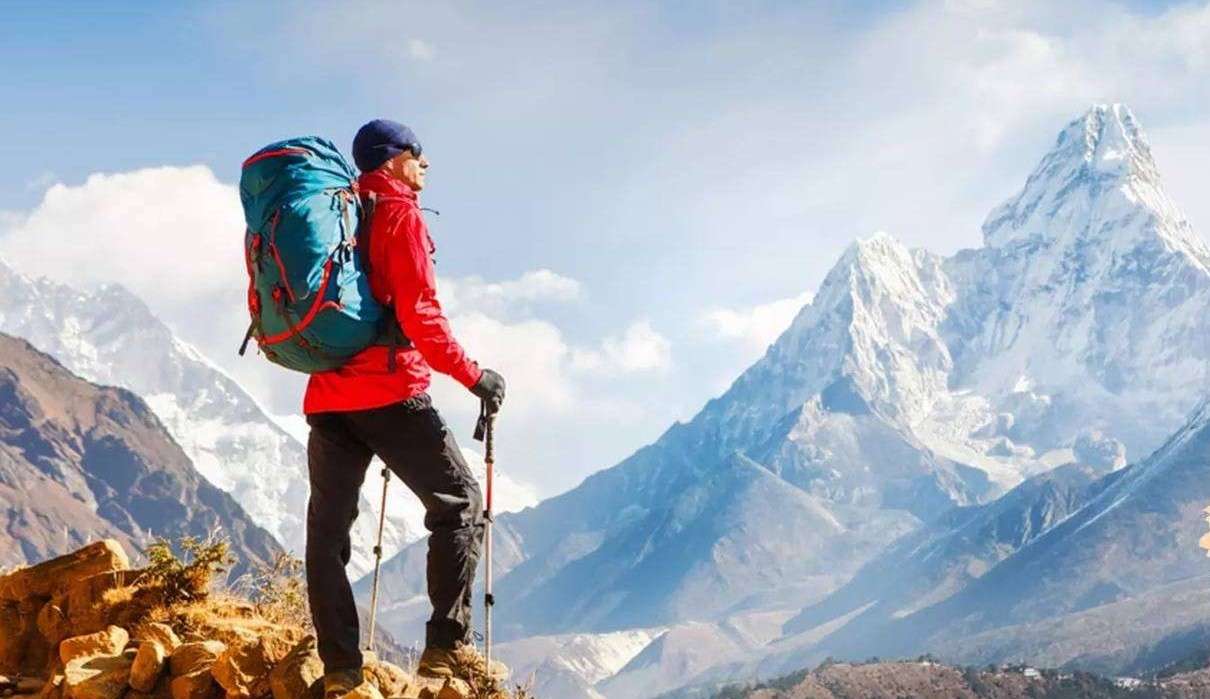
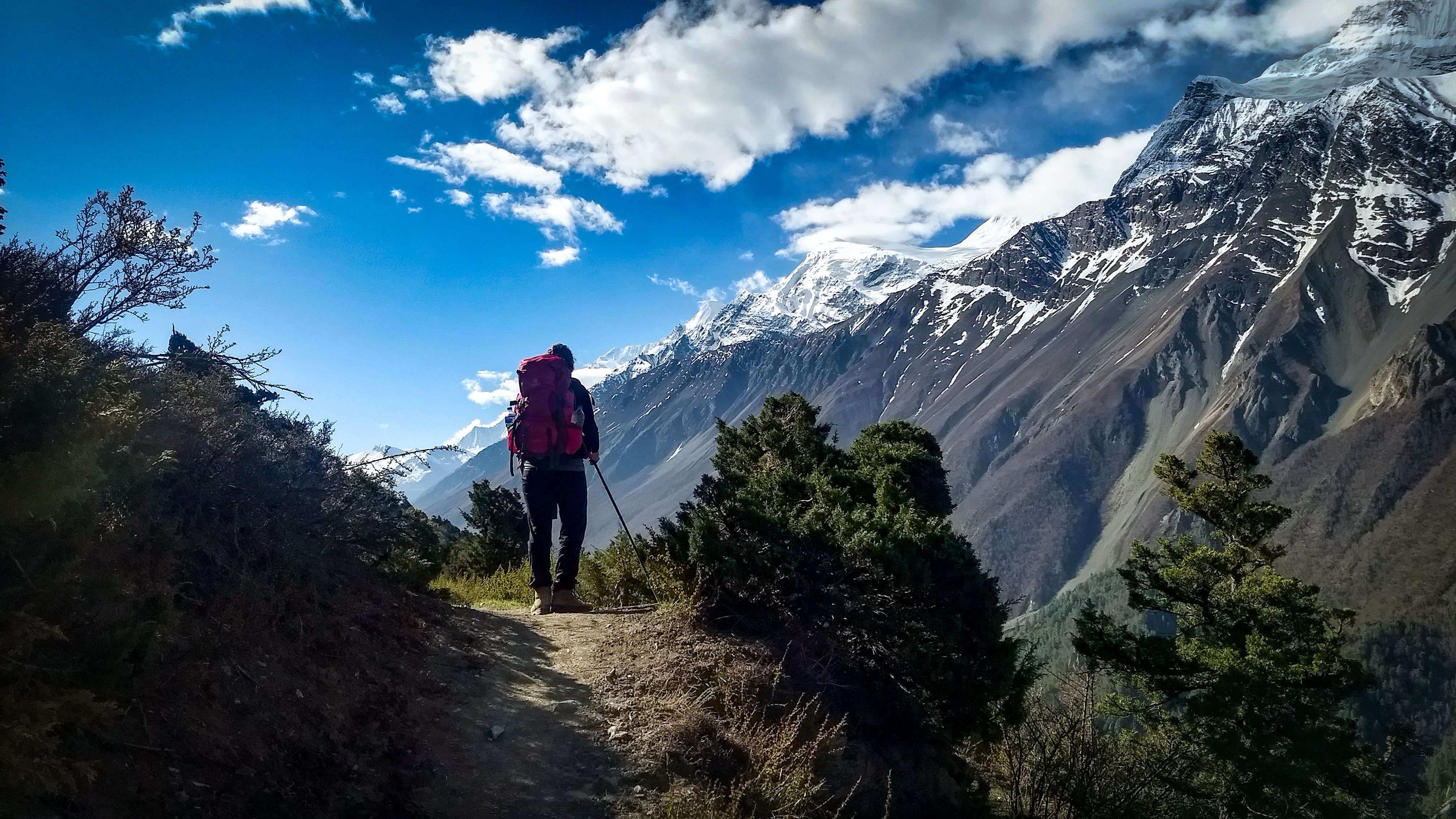
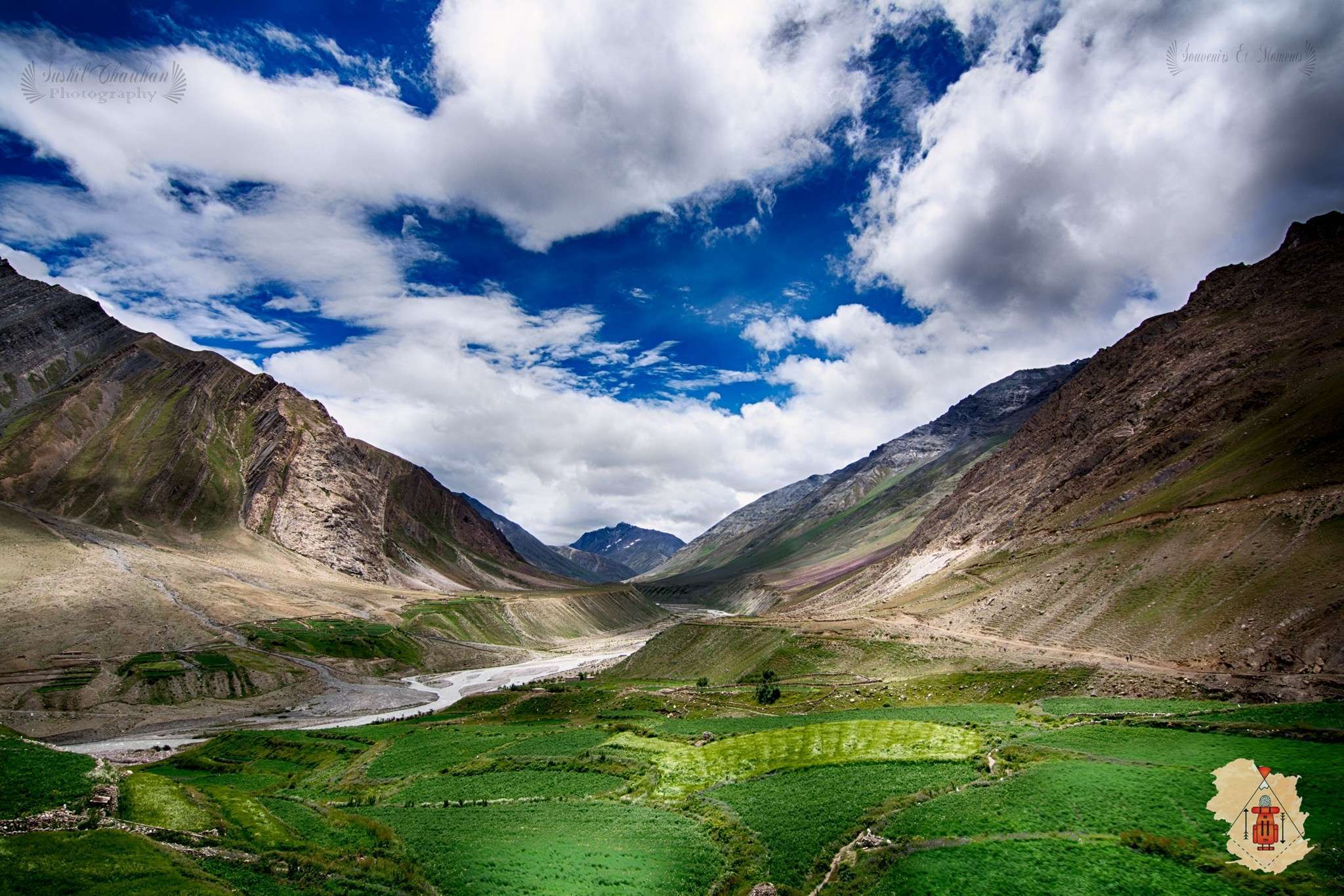
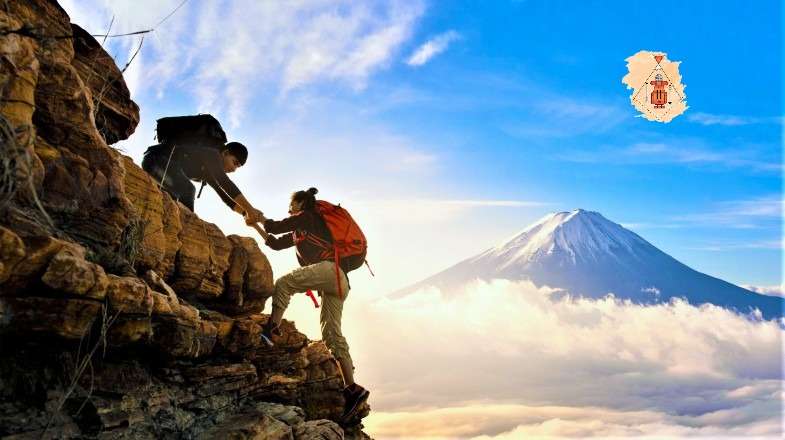
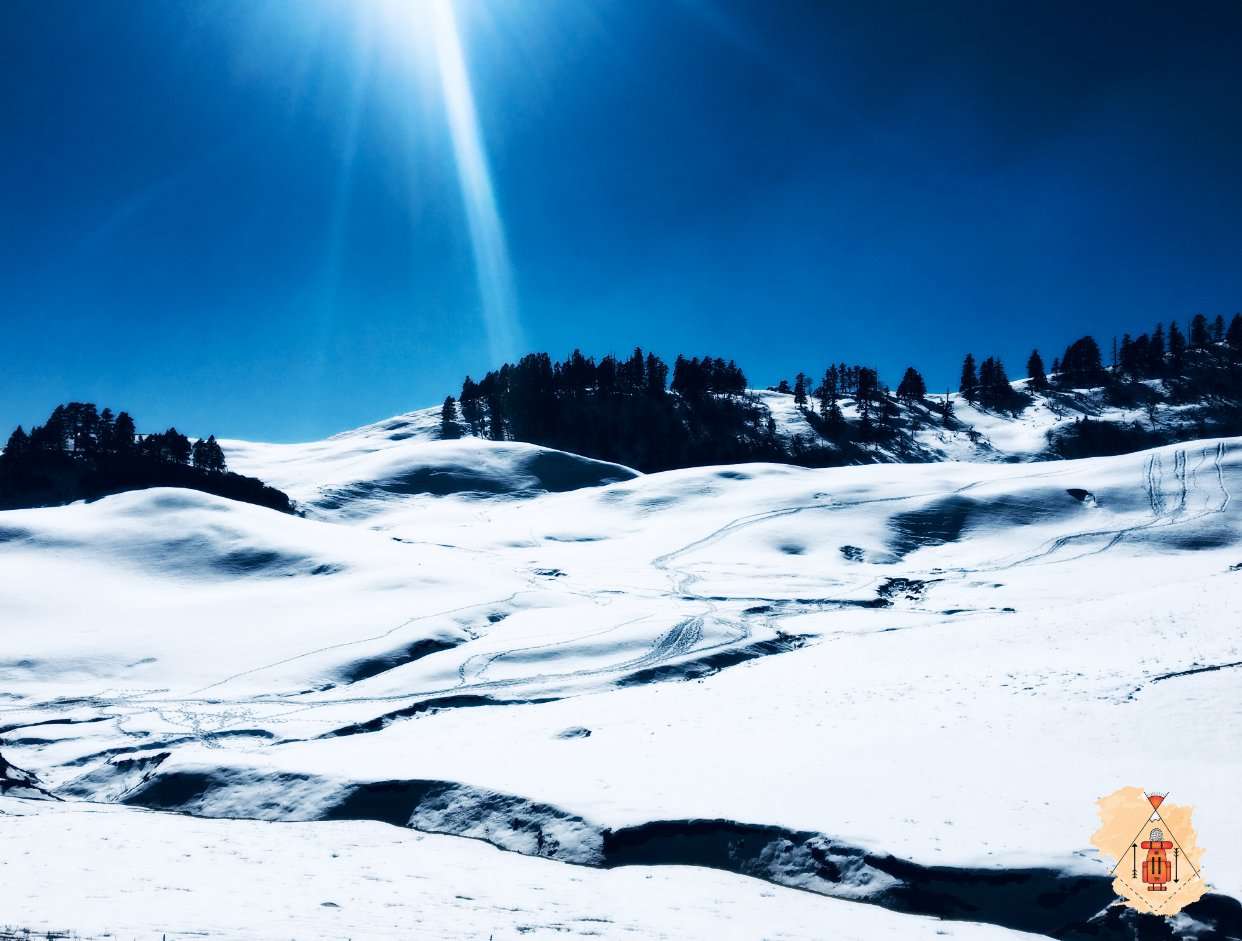
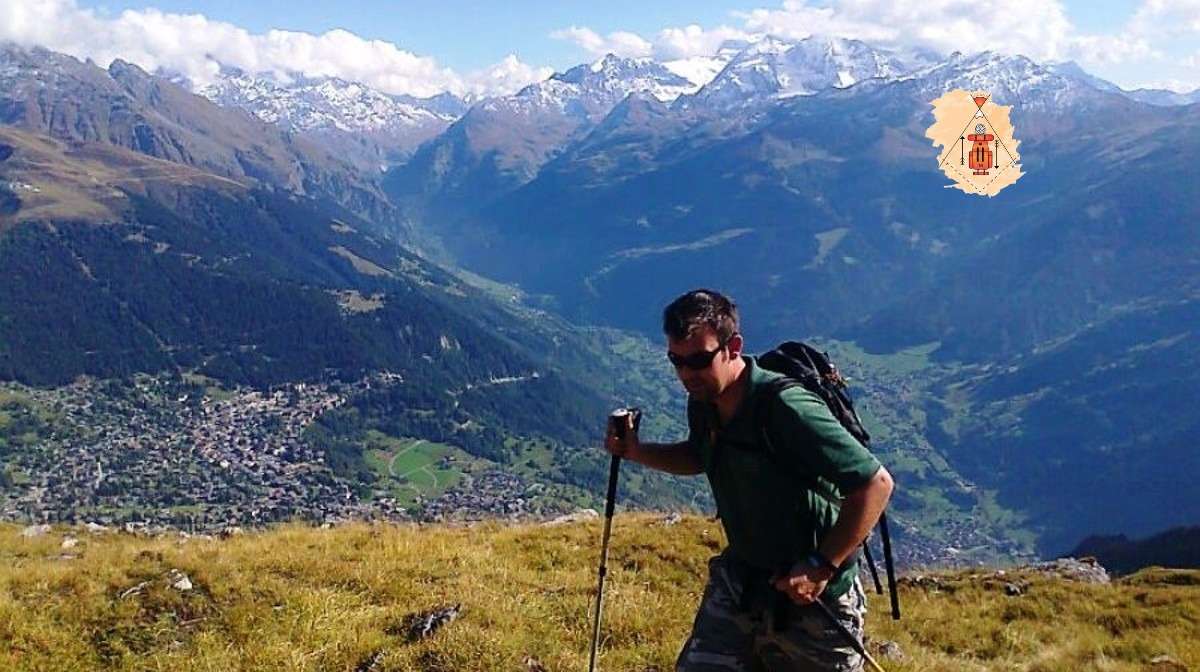
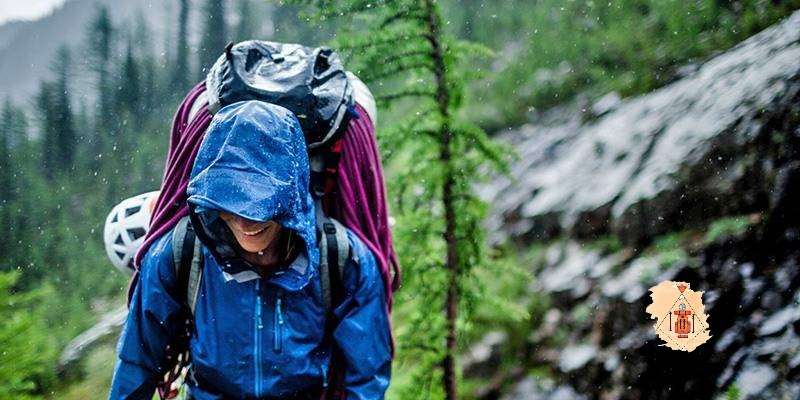
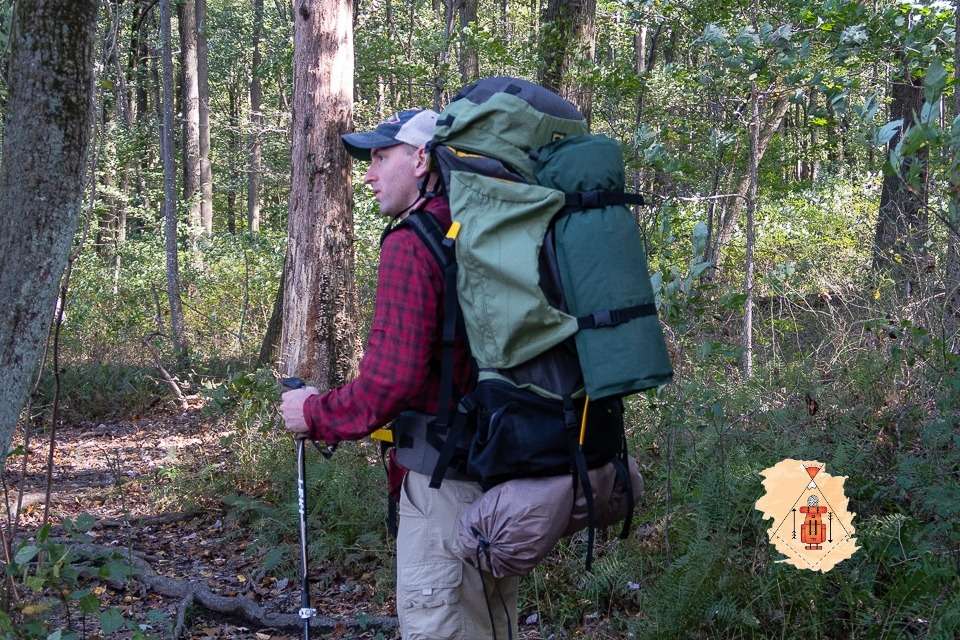

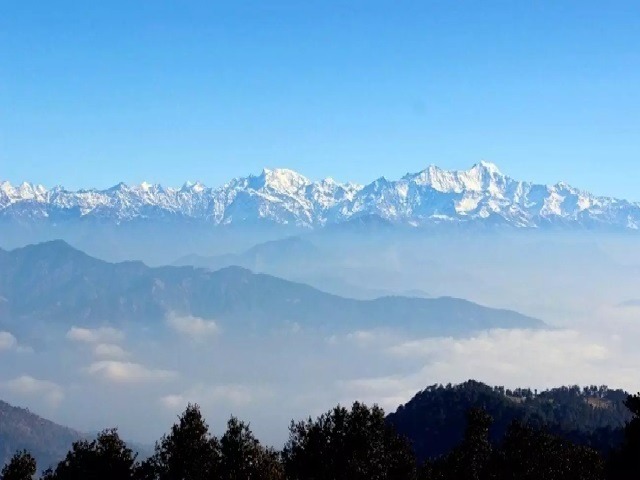
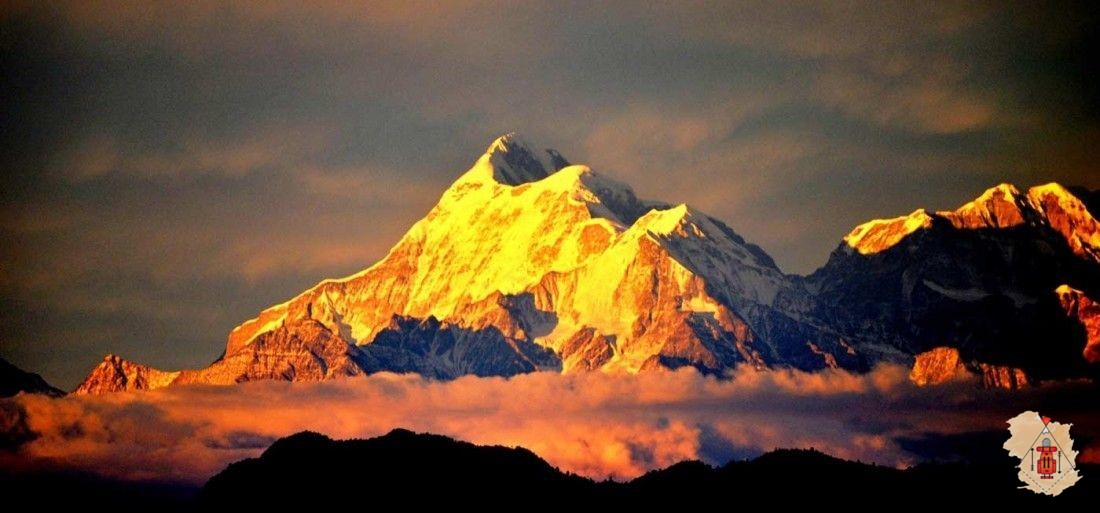

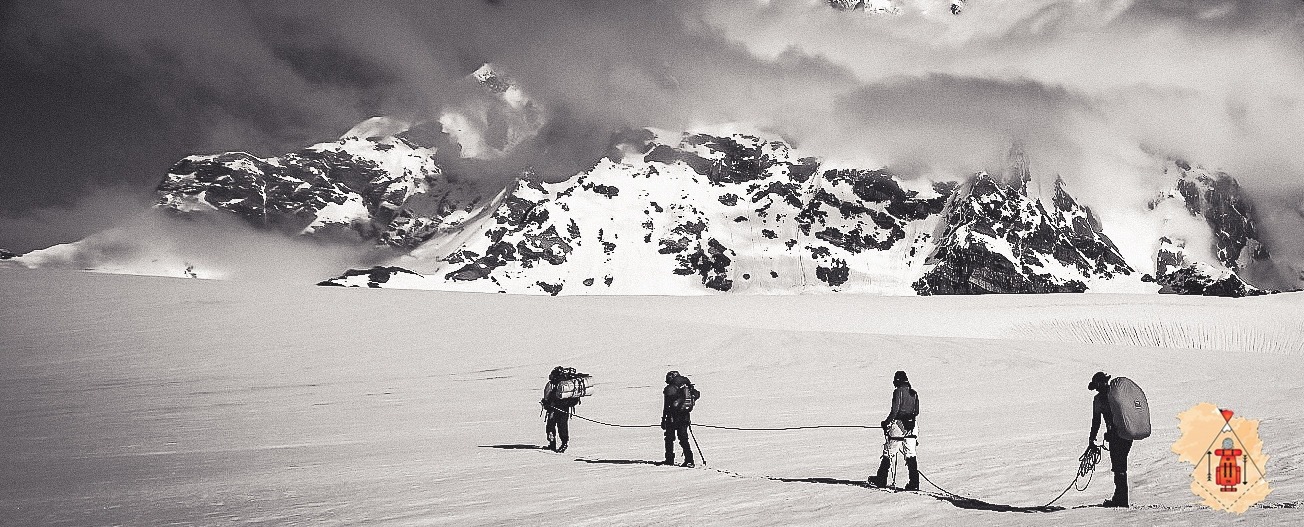
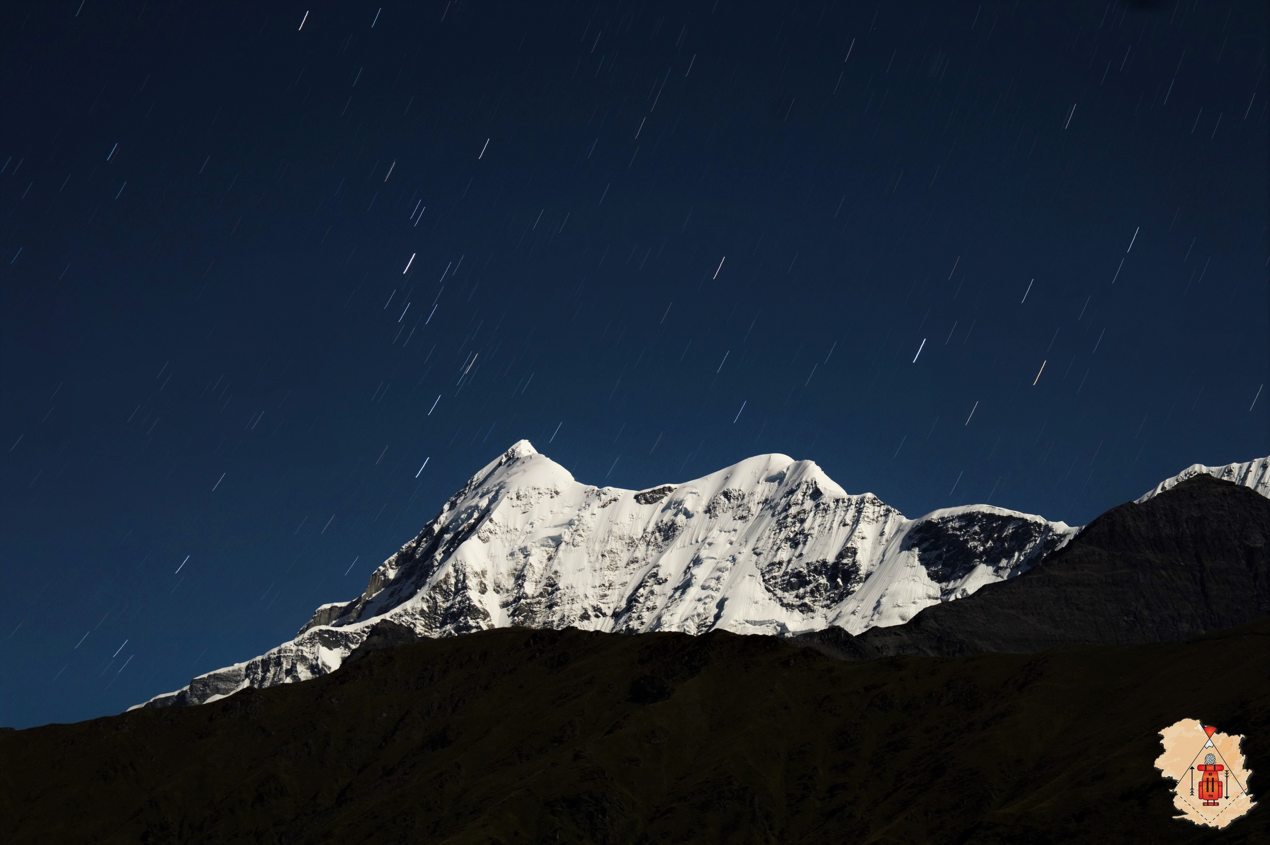

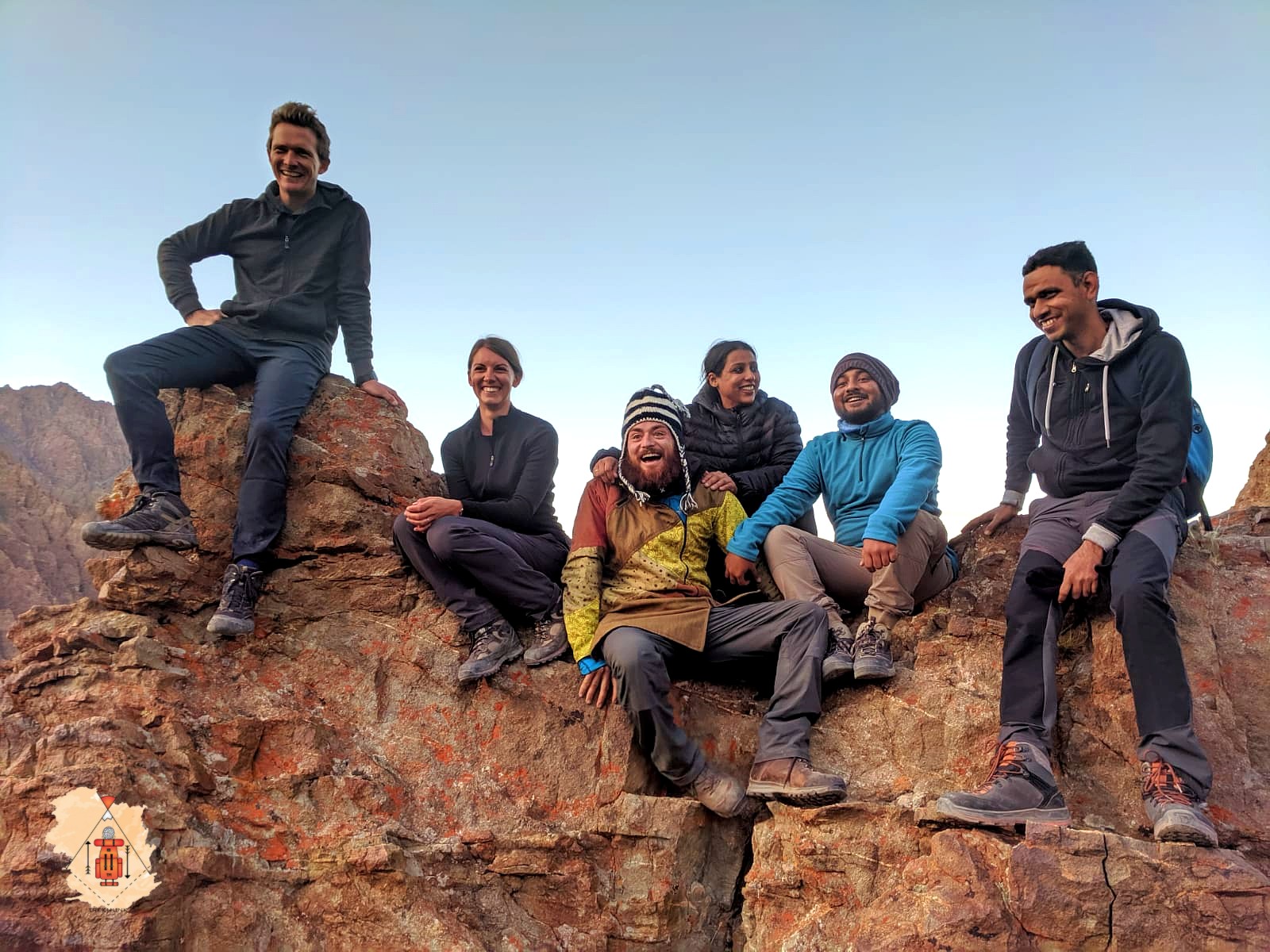
Harshit Patel : Co-Founder at Trekmunk. A certified Mountaineer, Skiier, has led more than 50 high altitude treks in the Indian Himalayas. He is an Engineer by profession but a traveler by passion. He has led treks in Kashmir, Ladakh, Uttarakhand, Himachal Pradesh, West Bengal, Sikkim and Nepal. He is a NOLS certified First Aid Responder and has covered 185,000+ km on Motorcycle. A Poet, Drone Pilot and Videographer at Insane Traveller Productions.